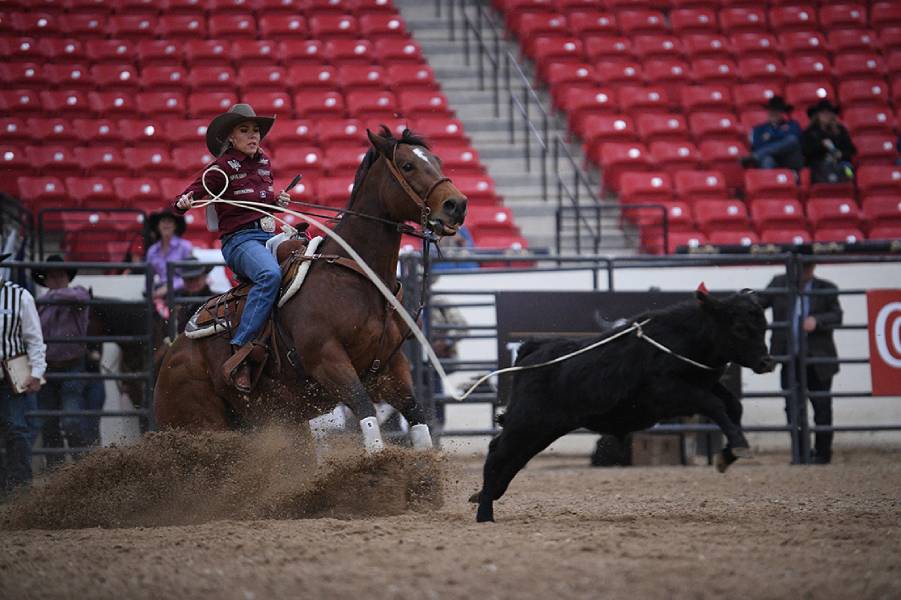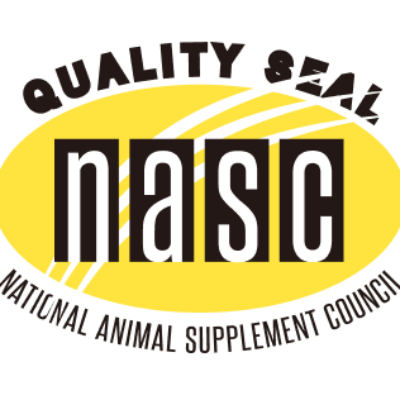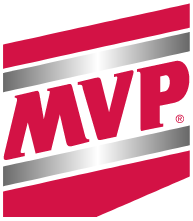HORSE BODY WEIGHT CALCULATOR
IMPERIAL UNITS (LB)
Approx. body weight: 0 LB

How to Estimate Your Horse's Body Weight to Help Determine Nutritional Requirements
Knowing how to estimate your horse's body weight is an important factor that can help determine your equine friend's nutritional requirements. Determining a horse's nutrient requirements requires assessing their body condition and body weight accordingly.
Having an idea of how much your horse weighs not only helps you monitor their overall health and feed them correctly, but it also becomes essential when dispensing certain medications where an overdose or underdose could prove lethal.
A livestock scale is technically the most accurate way to measure your horse's body weight. But this may not be available to everyone at all times. This leads to the question, are there other educated ways to estimate your horse's body weight without having access to a scale? If so, how?
5 Reasons Why You Need to Know
How to Estimate Your Horse's Body Weight
The weight of a horse matters for several reasons, including the horse's health, performance, and care. Here are the top five reasons why knowing how to estimate your horse's body weight and managing the same is important:
Overweight or obese horses are at greater risk of developing health issues. Underweight horses, on the other hand, may have underlying health problems or inadequate nutrition, which can lead to weakness, lethargy, and other health concerns.
Knowing a horse's weight is essential for creating an appropriate diet plan. Feeding too much or too little can lead to weight gain or loss and significant nutrient imbalances. Accurate weight measurements help you determine the right amount of hay, grain, and supplements to provide for your equine.
Accurate weight information is crucial when administering medications, deworming treatments, and determining anesthesia dosages for medical procedures.
A horse's weight can affect their performance when it comes to equine sports and other competitive disciplines. An overweight horse may have reduced stamina and agility, while an underweight horse may lack the necessary muscle strength and energy to perform well.
Excess weight can place additional stress on a horse's joints, potentially leading to joint problems and lameness. Proper weight management is also crucial for maintaining healthy hooves.
Factors that Can Influence Your Horse's Body Weight
Estimating your horse's body weight can help you identify health issues in a timely manner. To know what is causing your horse’s body weight to increase or decrease, it is important to have an idea about the factors that can influence the same.
Excess body weight in horses can be caused due to:
- Unbalanced diet
- Health problems such as diseases or hormonal imbalance
- Overfeeding
- Insufficient exercise
- Genetics
Low body weight in horses can be caused due to:
- Old age
- Parasites
- Health problems
- Dental discomfort or disease
- Unbalanced diet
- Overwork
- Insufficient feed
- Genetics
How to Estimate Your Horse’s Body Weight
Body Scoring
Body condition scoring, also commonly known as fat scoring, is an objective way to estimate your horse's body weight. This method looks at the amount of fat being stored in your horse's body as a whole. The only equipment body scoring requires is your eyes, hands, and a little bit of your time every week.
How to Measure
Evaluate three sections of your horse – the neck and shoulders, the middle, and the hindquarters. Underlying muscling can give the visual appearance of a neck crest in horses or stallions that participate in certain disciplines. Make sure you place extra focus on the fat deposit part of the neck. Based on your observations, score your horse using the body scoring chart.
| Score | Description |
|---|---|
| 0 (Very Poor) | No palpable crest. Angular pelvis with skin tight over ribs. |
| 1 (Poor) | No visual appearance of a crest, but a slight feeling felt by touch. Ribs are easily visible, accompanied by a sunken rump. |
| 2 (Moderate) | Noticeable appearance of a crest, but the fat is deposited fairly evenly from poll to withers. Crest is easily cupped by hand and can be bent from side to side. |
| 3 (Good) | Pelvis fat and rounded. The crest is enlarged and thickened, so fat is deposited more in the middle of the neck, giving a mounded appearance. |
| 4 (Fat) | The pelvis is covered with soft fat. The crest is thickened and can no longer be bent from side to side. |
| 5 (Very Fat) | Ribs buried and a crest so large that it droops to one side permanently. The pelvis is covered with distended skin and soft fat. |
Weight Tape
Weight tapes are an easy and affordable way to estimate your horse’s body weight. This method allows horse owners to take an easy measurement of their equine’s girth and get the corresponding weight estimate.
Make sure to use the same brand of weight tape each time you weigh your horse to keep your readings consistent. A weight tape is best used in combination with the body scoring method.
- Stand your horse on a flat surface.
- Begin by wrapping the tape around the horse’s girth.
- Place the “zero” end of the weight tape at the lowest point of your equine’s withers.
- Proceed by bringing the tape all the way around the horse’s girth, passing snugly behind the elbows.
- Remember, the tape should be snug but not tight.
- Take a reading once your horse has exhaled. Pull the tape up to meet the “zero” on the weight tape to get the approximate weight of your horse.
Weight Formula
The weight formula can monitor changes in your equine’s weight. This method tends to give slightly more accurate results than the weight tape method.
The weight formula is as follows:
(Heart girth x heart girth) x body length ÷ 330 = weight
How to Measure
- Place the measuring tape all the way around where the girth would be. This is to measure your horse’s heart girth.
- The body length can be measured in a straight line from the point of the shoulder to the point of the buttock on one side.
- The weight formula can also be used in combination with body scoring.
Weighbridge
A weighbridge scale is a massive set of scales that can be used for measuring the weight of your horse. This is the only truly accurate way of knowing exactly what your horse’s body weight is. A weighbridge determines an equine’s body weight with the horse standing squarely upon the scales.
Because these scales are not easily accessible to all horse owners, they tend to use the other methods mentioned above to estimate their horse’s body weight.
Top Tips to Manage Your Horse’s Body Weight
Weighing your horse regularly using any of the above methods can help you estimate and monitor their weight. You can weigh your horse every two weeks and keep a record of this over time. Based on this record, you can help manage your equine’s diet and nutritional requirements accordingly.
When you decide to restrict grazing for weight loss, make sure that you find the right balance. It is essential to remember that horses are trickle feeders, which essentially means that they are designed to graze for the majority of the day. Fibre helps provide the bulk to keep the gut full and healthy. Your equine should consume at least 1.5 – 2.0% of their body weight in forage per day. You can always speak to an equine nutritionist or a vet for advice on the best diet for your equine.
Horses in the wild use their natural body fat to keep themselves warm. Allow your horse to burn fat naturally if they are turned out with shelter available. If your horse has a thinner coat or is older, they may need blankets during wet or cold weather to maintain their body weight.
If you are planning to increase your horse’s exercise, make sure to do it gradually. Exercise can help in assisting your equine in their weight loss journey. Pushing them too hard can cause excessive weight loss and put your horse at risk for injuries.
Keys to Maintaining Your Horse’s Body Weight
Maintaining your horse’s body weight can help keep their health optimal and allow for optimal performance. Consider adding vitamin and mineral supplements with calcium, phosphorus, magnesium, and sodium to help maintain a healthy body weight.
Based on research, the following ingredients could help your horse maintain a healthy body weight.
Calcium: Primary component of bone structure and essential for the development and maintenance of strong bones in horses.
Phosphorus: Works in conjunction with calcium to maintain healthy bones. The right balance of calcium and phosphorus is beneficial for equine bone density.
Magnesium: Focuses on energy metabolism and muscle relaxation. Proper muscle function can be integral to equine exercise, movement, and overall health.
Sodium: Vital electrolyte that helps maintain fluid balance in horses.
Takeaway
Monitoring a horse's weight and body condition regularly is essential to ensure its well-being and performance. It allows for adjustments in diet and exercise as needed to maintain an ideal weight. To ensure that a horse maintains appropriate body weight, it is important to provide the right nutritional requirements along with a balanced diet.
Consult with a vet or an equine nutritionist to help determine the specific dietary needs of your equine based on their age, overall health, and activity level. Knowing how to estimate your horse’s body weight can ensure their well-being and optimal performance and allow you to adjust their diet and exercise as required.
Stay one step ahead and learn how to estimate your horse’s body weight to ensure they lead longer, healthier, and happier lives.

